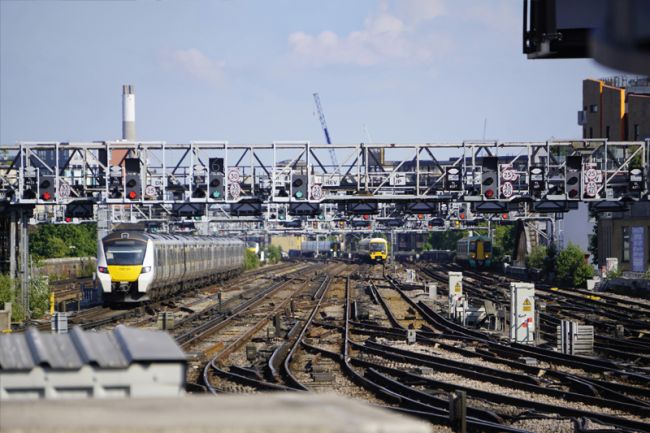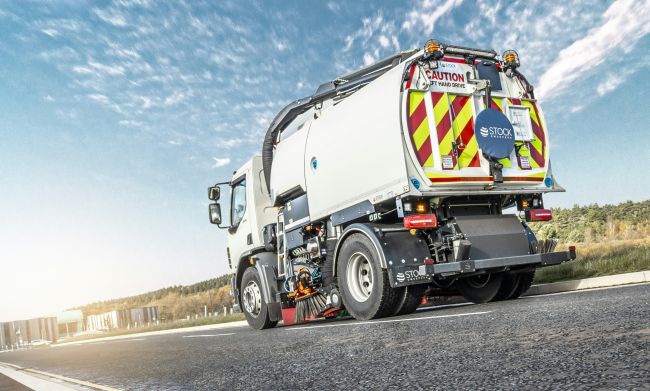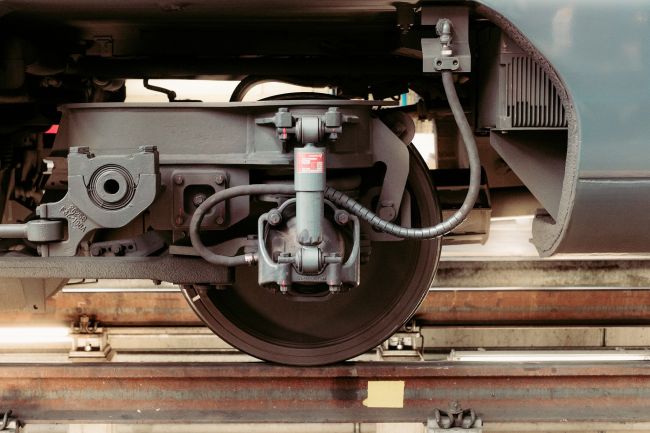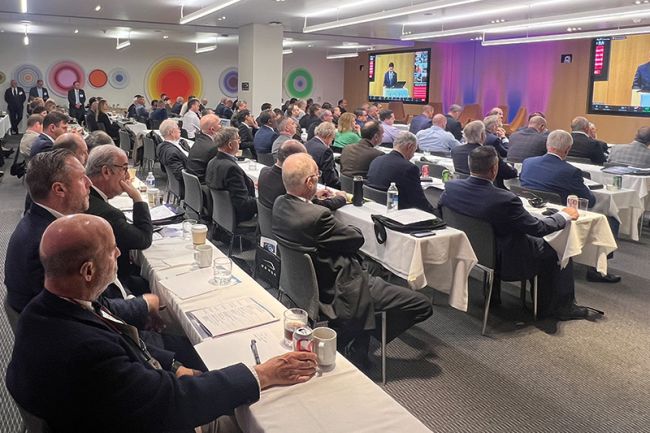A simpler, better way to plan a railway?
Deciding how to use finite network capacity and give access to operate services is one of the most fundamental processes the industry has.

How we decide on the best use of finite network capacity and give access to operate services is one of the most fraught, but fundamental, processes the industry has. It underpins performance, defines what we deliver for passengers and freight, and underwrites or undermines the benefits of investment.
So I was really pleased to see the discussion document published this week by GBRTT on how it might look and work in the future, not least because it signals active engagement with the industry on this crucial topic. I also absolutely recognise the problem statement it captures, which I’ve seen from many angles in previous roles leading strategic planning, customer relationships, and the Sale of Access Rights policy for Network Rail.
Simpler?
While some of us might once have hoped primary legislation would help make the roles and responsibilities in this space simpler – and GBR will still have to navigate lots of complexity – there remains plenty of scope to make it much, much better.
ORR keeps its role in approving or directing access contracts and making changes to them. Passenger services will be specified and contracted by various authorities and delivered by different types of operators on a different commercial and contractual basis across a number of Infrastructure Managers. Factoring in freight and open access passenger services, competition for capacity will, all in all, still be fierce. And the cycles for contracting and funding passenger services, planning timetables, and funding projects that change the network and its outputs, will still intersect in complicated ways.
So the paper’s central proposition, GBR will have a policy and strategy for the use of the railway, and needs the means to see it through, sounds good to me.
Likewise, it recognises the key point that seeing through its strategy is at least as much about improvements to behaviours, culture and capability, as what gets written into legislation and policy.
I’ve said in the past that, when Network Rail has had its ducks in a row – with a clear, established strategy for the use of a route, and decisions demonstrably made in accordance with that strategy and based on clear criteria and quality evidence – the Regulator hasn’t tended to disagree. But we haven’t always been in that place.
So let’s be clear on some key areas where the behaviours, culture, and capability need to improve.
Better!
GBR needs to be clear and guiding in its strategies for the use of the railway. I say strategies, plural, deliberately: A Long-Term Strategy for Rail can and will set overall objectives and direction. But decisions about high-level capacity allocation mean having route-level, market-led strategic plans that are credible, consulted, and clearly set out the intended strategic use of the route in identified future ‘configuration states’ and long-term scenarios.
This will need to be based on a wider set of analysis and underpinned by the kind of active engagement and consultation with the industry and wider stakeholders that I’ve seen and led in the past.
Those strategic plans also need to do the strategic allocation of capacity to protect the benefits of investment, in the network and in rolling stock, without the high barriers to use that track access options have.
For GBR to earn the right to make these decisions and make them stick through downstream processes, there’s some quid pro quo.
GBR should be able to identify strategic capacity for which freight and other non-GBR-contracted operators get first refusal.
Likewise, GBR will need to show it is proactive and strategic in identifying and supporting opportunities for open access passenger services.
It will need to demonstrate that its strategies are coherent and integrated across routes and regions.
And it will need to demonstrate its transparency and evidence-based decision-making. This means continuing and building on what Network Rail has done to develop its toolset for timetable performance analysis, and building new capabilities in the analysis of commercial, economic, social, and environmental outcomes.
Finally, if, as the paper says, “the railway’s timetable is its core product”, GBR will need to address the absence of a ‘product plan’ for how and when the outputs of the railway will change. To be the basis of decision-making and change control, much more than just assembling a forward view of timetable changes, it’s a further set of capabilities GBR will need to develop. But that’s probably another article, to be written another time!
…and simpler after all?
I won’t get too deep into the design of future ‘instruments’, but there is the opportunity to rationalise how much detail is enshrined in multilateral industry codes. My experience is that the more that’s in multi-part, multi-purpose, multi-lateral documents with multi-party ownership, the harder and worse they are to use in a positive way.
So with the collaboration and capabilities I’ve described, GBR should be able to put the detailed mechanics of capacity allocation into focused, consulted, and published policies and processes – as well as making use of bilateral agreements and shared standards in other areas.
GBR will need a framework to balance those competing demands for the use of capacity, using a coherent set of criteria and objectives, at progressively greater granularity through strategic allocation of capacity, service specifications for future states of the network, and the deconfliction and allocation of paths in timetable development and production.
So the real opportunity for simplification, although it won’t be simple to get there, is in the digitisation of access rights.
For a real line of sight and coherence, we need to move on from a world where the currency of access rights is as hard to understand and exchange with that of timetables, service specifications, and strategies, as the arcane tables in the schedules of track access contracts.
Any timetable is a compromise; an attempt to balance alternative uses of limited system capacity, including the relationship between intensive capacity use and service reliability























